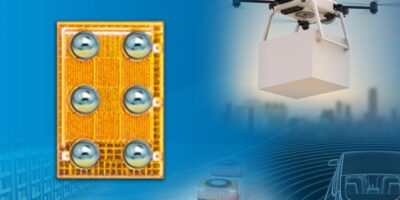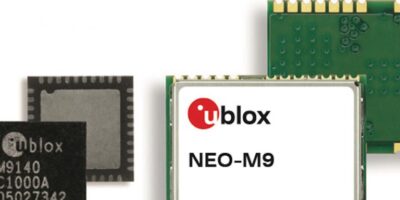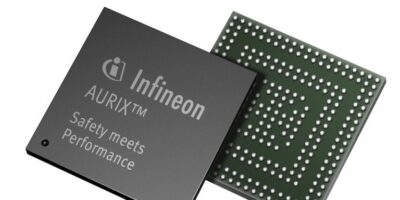Efficient Power Conversion (EPC)’s campaign to introduce enhanced-mode gallium-nitride on silicon (eGaN) FETS as replacements for power MOSFETs continues with the announcement that its EPC2216 GaN transistor has been qualified to AEC Q101 for automotive use.
The 15V EPC2216 is designed for lidar applications in self-driving cars and other time-of-flight (ToF) applications including facial recognition, warehouse automation, drones and mapping.
It is a 26 mOhm eGaN FET with a 28A pulsed current rating. It is used for firing the lasers in lidar systems to improve positioning accuracy. The FET can be triggered to create high-current with extremely short pulse widths. According to EPC, the short pulse width leads to higher resolution. Its 1.02mm2 footprint is small and inexpensive, suitable for an array of ToF applications from automotive to industrial, healthcare to smart advertising, gaming and security, advises EPC.
The AEC Q101 testing involves rigorous environmental and bias-stress testing, including humidity testing with bias (H3TRB), high temperature reverse bias (HTRB), high temperature gate bias (HTGB) and temperature cycling (TC).
The WLCS package passed the same test standards created for conventional packaged parts, demonstrating that the chip-scale packaging does not compromise ruggedness or reliability, according to EPC.
The eGaN devices are produced in facilities certified to the Automotive Quality Management System Standard IATF 16949.
The automotive-qualified FET joins an expanding family of EPC transistors and ICs designed to enable autonomous driving, improve resolution and reduce cost in ToF applications, commented CEO, Alex Liddow.
The EPC2216 eGaN FET is available for immediate delivery from Digi-Key.







